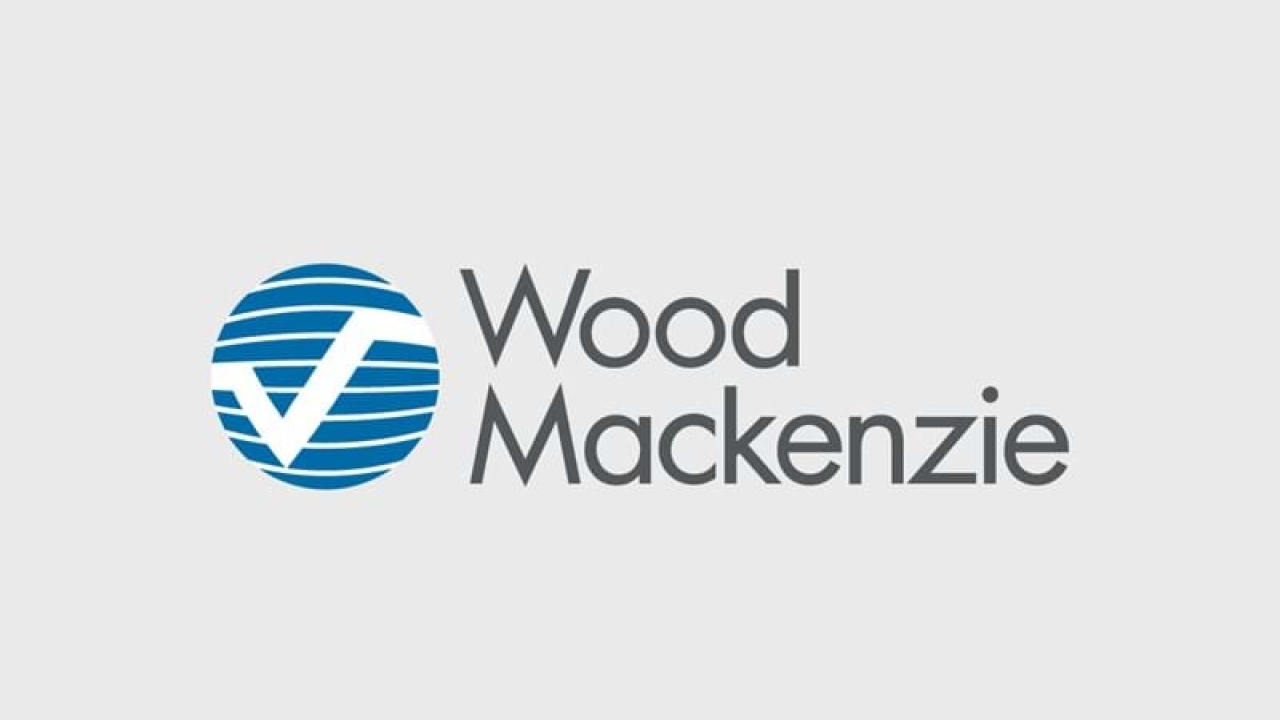Global BOPET film market to grow at around six percent a year to 2023
The global BOPET film market has seen demand grow by 6.7 percent a year over the last five years and now sits at just over five million tonnes, according to new research from Wood Mackenzie Chemicals.

As noted in its BOPET Film Global Supply Demand report, the global market is currently balanced. Supplies from China and the growing influence of Indian-owned producers, as they continue to expand their operations globally, will continue to dominate.
Commenting on the report, Robert Gilfillan, head of films and flexibles at Wood Mackenzie Chemicals, said: ‘Global demand for BOPET film is expected to grow at a healthy rate of 5.6 percent a year over the next five years. Forecast growth in Asia is expected to be significantly higher, particularly in China and India, where we expect to see growth of 6.6 percent and nearly 10 percent a year respectively.’
Gilfillan continued: ‘‘The industry has announced significant new capacity (nearly 890 ktpa) to be installed in the market over the next five years. Despite this investment, new capacity will be required to meet our forecast demand growth rate. With China and India set to remain central in driving the next investment cycle, further new capacity from these two global powerhouses will impact production utilisation of local producers.’
The key end-use sector for BOPET film continues to be flexible packaging, which accounts for nearly 60 percent of global consumption. Despite the current negative perception associated with plastic packaging, global demand is expected to grow at nearly seven percent a year over the next five years. Most of this growth is expected to be focused on the commodity thin BOPET film market.
The electrical and electronic sector will continue to offer avenues for growth, with healthy demand for high-end display screens (OLED) and photovoltaic cells to remain. Opportunities will be regionalized, however, as European demand for photovoltaic products has reduced over the last five years following production shifting to China.
‘These are interesting times for the BOPET film industry,’ said Gilfillan. ‘On one hand, there is a mounting pressure from brands who are responding to the change in public perception regarding plastic packaging waste. This is forcing the industry to develop sustainable solutions, such as the use of post-consumer recycled (PCR) content in BOPET film production. However, on the other hand, we’re still seeing healthy demand, especially in Asia, for virgin BOPET film in a wide variety of end-use applications and, in particular, flexible packaging.
‘The issue of recycling and sustainability does pose some serious questions on the future BOPET film. Polyolefin films are more widely accepted in the plastic waste recycling stream, meaning the threat of polymer substitution could potentially see BOPET film lose market share in its key end-use sector. So, how sustainable is the BOPET film industry?
‘There are innovative developments announced on a regular basis but most are relatively small-scale in terms of overall production. As for global demand, while forecast growth rates are expected to ease slightly over the next five years, the announced new capacity due to be installed in the market and the level of finance committed shows solid optimism for the future.’
Stay up to date
Subscribe to the free Label News newsletter and receive the latest content every week. We'll never share your email address.

